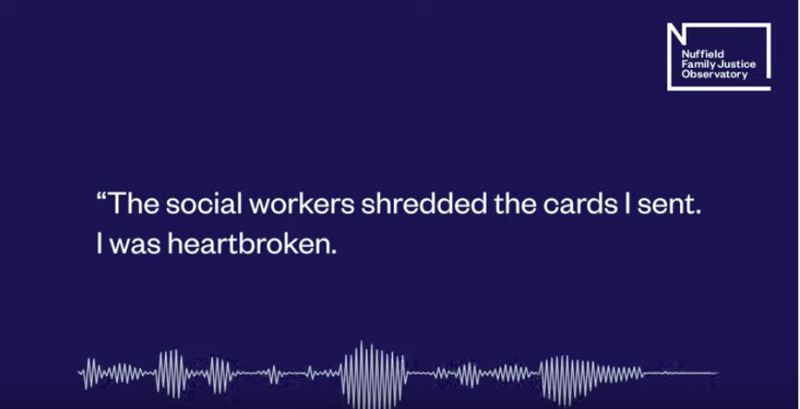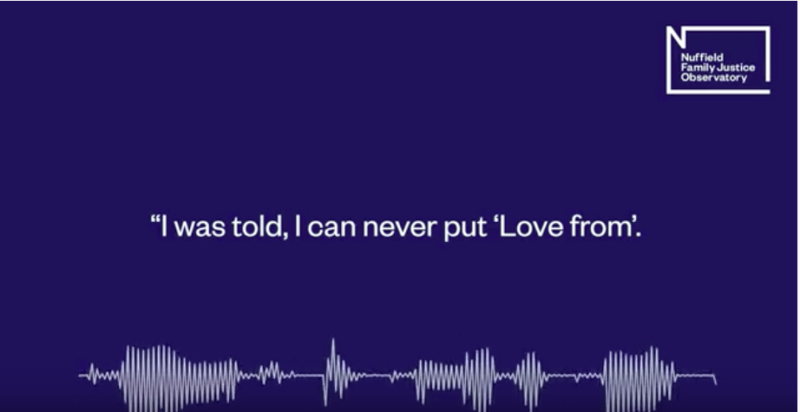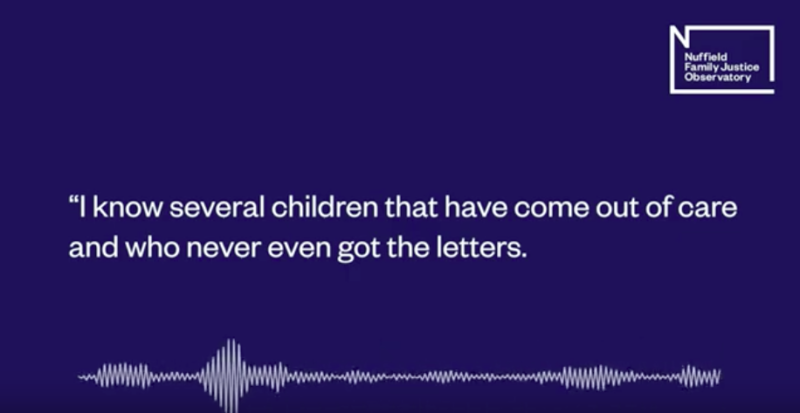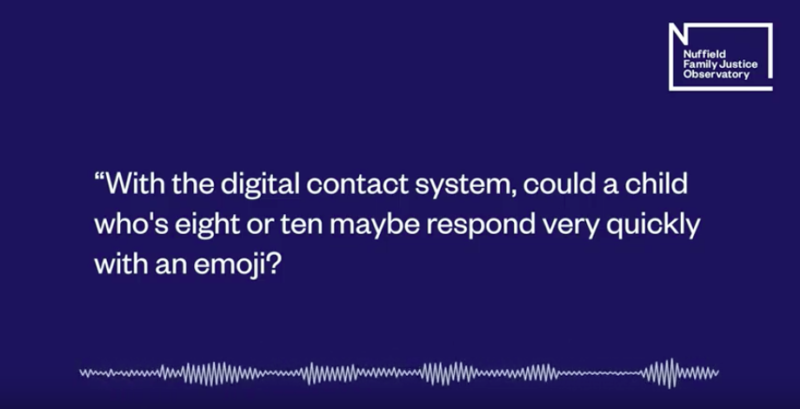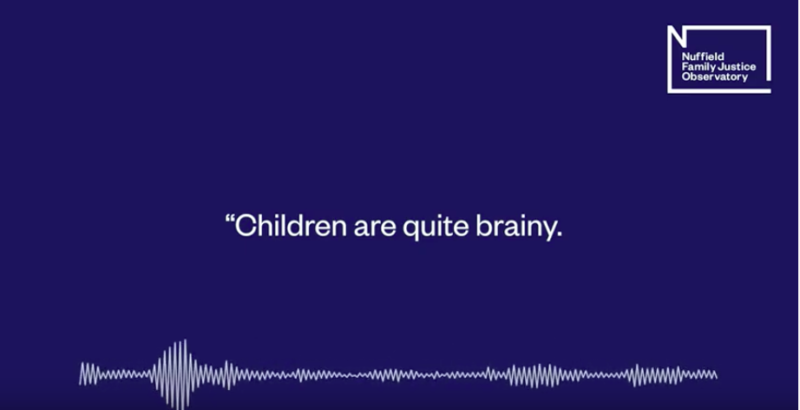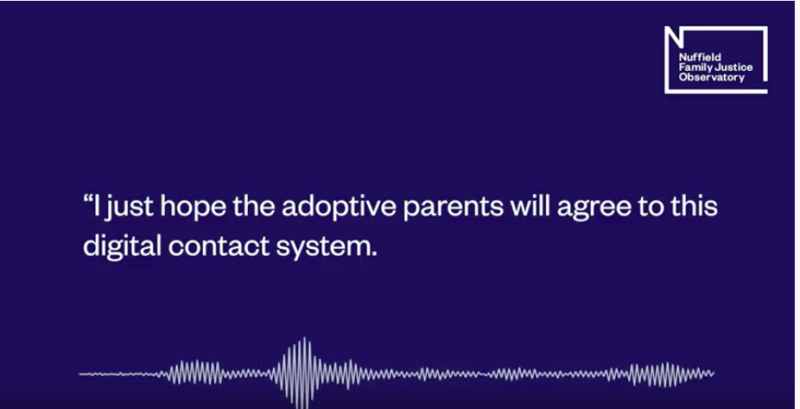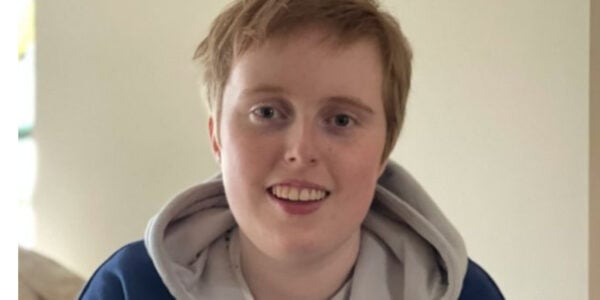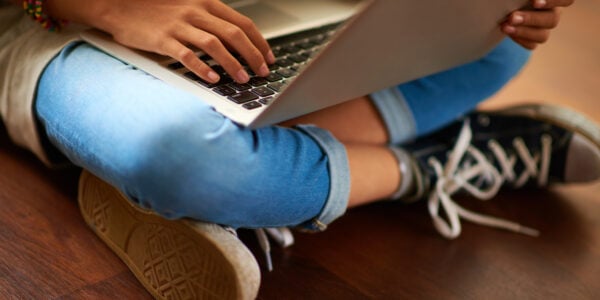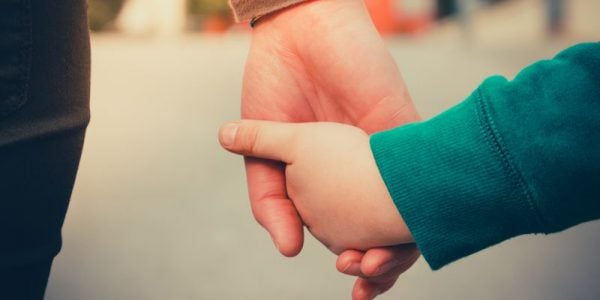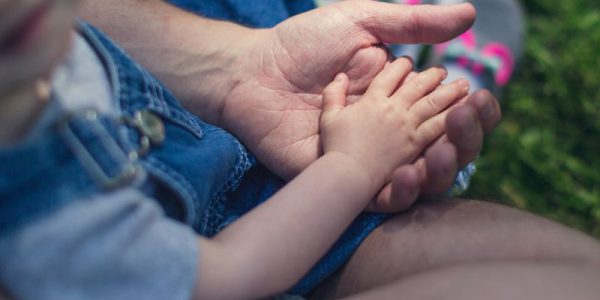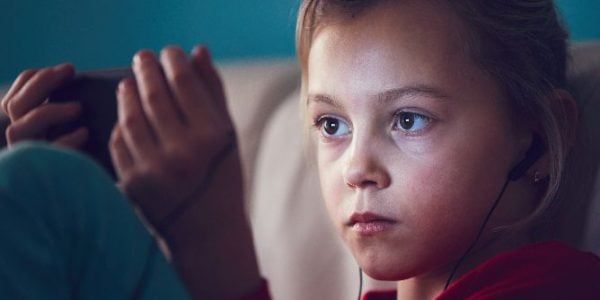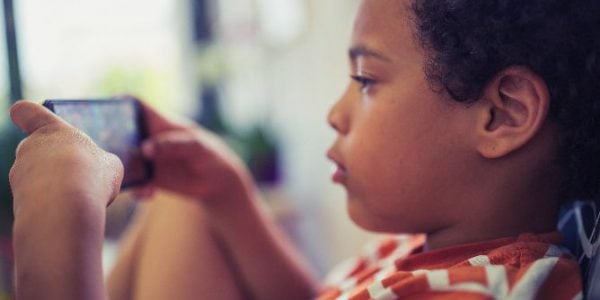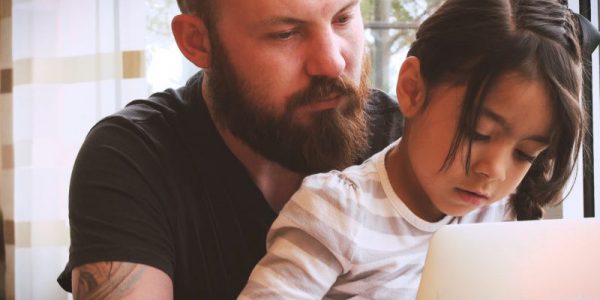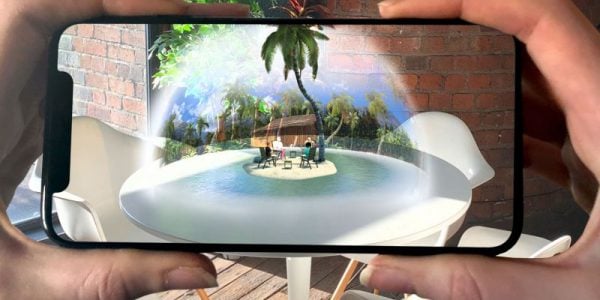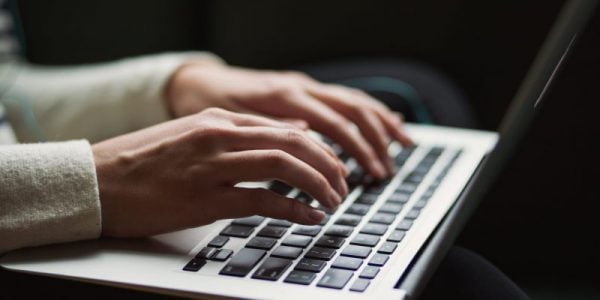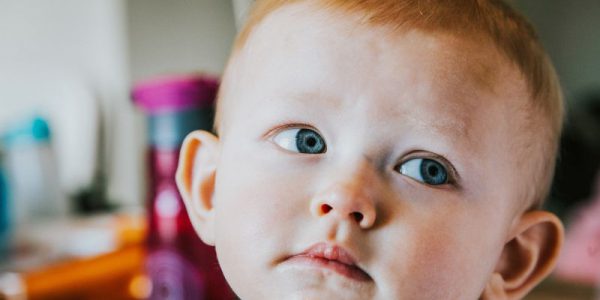How might digitising letterbox contact help birth parents keep positive, meaningful contact with their children post-adoption? Birth parents Karla, Amanda, Patricia, Adele and Sammy reflect together on their experiences of traditional letterbox contact, and how they hope it might be improved through digital innovation.
Karla, Amanda and Patricia
Difficulties with the current letterbox system
Karla: “The social workers shredded the cards I sent. I was heartbroken. When I met the adopters, they said I can send cards for each occasion and even pictures. So I was sending love cards for the first year. But then later the social workers rung me and said, ‘We can’t pass these cards and pictures on, because the adopters have refused it.'”
Patricia: “There’s not much support where people come out and help you write a letter. Maybe the people that the letter goes through could actually support you. If you could ring them to talk through it, you’d tell them what you’d like to say and they’d help you write it down in a manner that can come across well.”
Amanda: “In some cases, at the end of the judgement, you get told what you can and can’t put in it. Like you can’t say Mummy or Daddy, you have to put your proper name.”
Karla: “I was told, I can never put ‘Love from’. So I find other ways to tell them that I love them. I don’t say it in a way that directs it to them, like ‘I love you’, but I put little kisses.
“But even though they say not to put ‘Love, Mum’, I’m not gonna ever end the letter with my name, because I am the mum, so I just put “Lots of love, Me’.”
Patricia: “I know several children that have come out of care and who never even got the letters. I hope that when they have this digital contact system, there’ll be more transparency, so that a parent is not going to be putting all this care and thought into a letter that doesn’t even get delivered because nothing was clear to begin with.”
Karla: “I wish the adopters would stick to the agreed dates. If ever I wasn’t being consistent about sending the letter on the agreed date, they’d stop all contact. But the adopters are always so late when I’m waiting and waiting to hear how my children are doing. The digital contact system should have accountability, so that if the adoptive family doesn’t send their letter on the right date, it gets flagged up right away so that social services can look into it.”
How might a digital system help address these problems?
Patricia: “With the digital contact system, could a child who’s eight or 10 maybe respond very quickly with an emoji? If they’re not ready to write a response yet they could still just let you know that they’ve read it with a little thumbs up or something like that.
“I’m thinking from a child’s point of view rather than my own, say if they woke up at one in the morning and thought, “I wonder what colour my mum’s eyes are, dark or light? How old are my parents now?”, it would be great if they can just hop onto this app, and put in the question they really want to know, and then you respond with an answer. I think it’d work really well that way.”
Karla: “They say that my younger daughter doesn’t even know that I exist. They’ve made that clear. The social worker says one child still remembers me and the other doesn’t. And they obviously don’t talk about me. That’s putting a burden on the girls. One of them has more memories, so is she going to become the one who’s sharing things with her sister some day? Or will she maybe regret if she doesn’t? If the digital contact system were more consistent, maybe it would also take that burden away because it shouldn’t have to be one sister who has that responsibility for the other one, just because she’s older and remembers more.”
Amanda: “Children are quite brainy. They’re more aware of what’s going on than we think, all while they may not be allowed to access their profile. I think they should be allowed to send a letter in their own right.”
Patricia: “By the age of 14, that child is going to start wondering about their birth parents. I’ve known some of my friends, and friends of friends, who are starting to look for their family, but they are so closely watched. They were having to get their school friends to help them go to a library or somewhere to try and find out the name of their birth parents and try and track them down themself, just so they could have contact. They want information about their own lives.”
Amanda: “I just hope the adoptive parents will agree to this digital contact system. It’s better than letters that just get lost in the system, and I’m not sure if it was lost by the postal system or the social workers. With this new system, you can know when it gets read. And hopefully the adoptive parents will open it up to the children so they know too it’s been delivered, and you know it’s been read. So yeah, this is a really good idea. I hope it works.”
Adele and Sammy
What works well, and not well, with the current letterbox system?
“Getting my letterbox every year when I was due to receive it. [And] having lots of information about my child and the photos I received were good most of the time.”
“[The most difficult things are] having to wait a year to hear about my child. In the past year with COVID, I’ve not received my letterbox which is the first time ever. I have gone nearly two years without hearing a word. It’s ok to talk about art work but I would like to see some of it or have something my child has done for me to keep.”
Strengths and limitations of the contact app
“The parent and child have regular updates about each other instead of having to wait a year. The child can do a video that the birth parent can see. More than just the birth parents can use the app to communicate with the child, siblings and grandparents [can too]. If we were in the pandemic whilst the app was available, I don’t think I would have waited so long to hear how my child is doing.”
“[A problem might be] if an update on my child is due and I don’t have access to the internet for any reason. The app may be experiencing problems. I don’t think I would have any problems with it.”
This blog was produced with ATD Fourth World.




